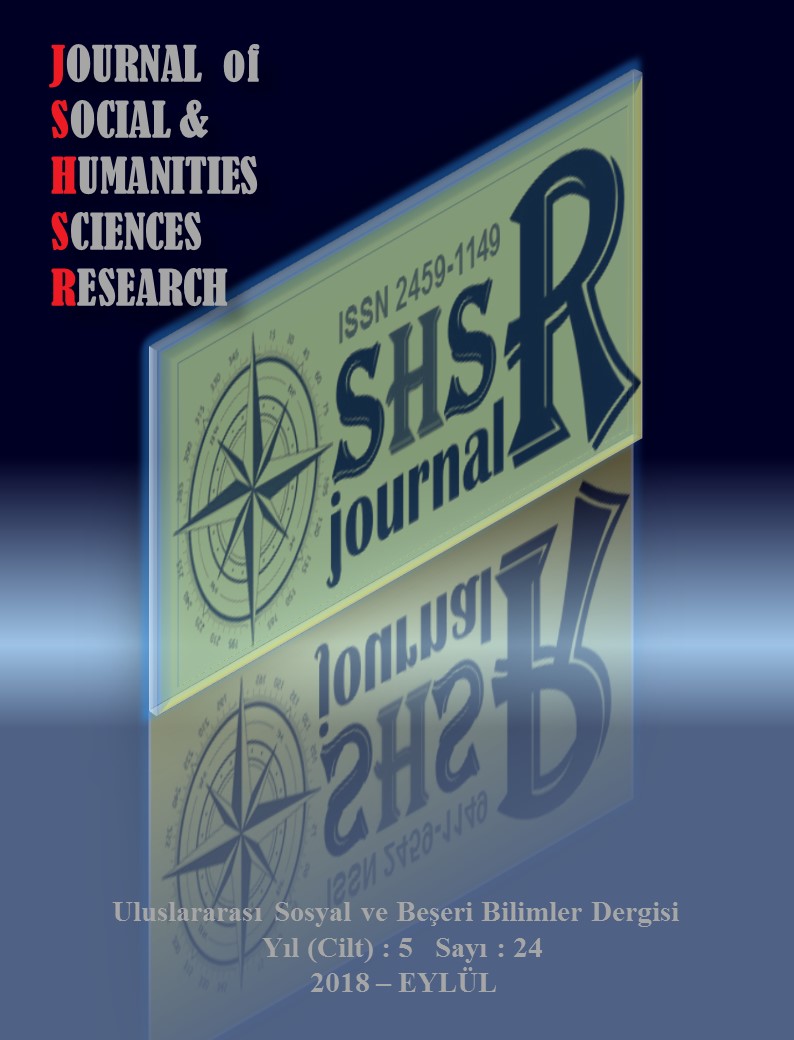EXAMINING THE PERCEPTION OF HAPPINESS AND WELL-BEING AT WORK IN TERMS OF DEMOGRAPHIC CHARACTERISTICS
DOI:
https://doi.org/10.26450/jshsr.549Keywords:
Happiness, subjective well-being, happiness at work, work-related affective well-beingAbstract
The purpose of this study is to examine the relationship between perceived happiness and perceived affective well-being perceptions according to demographic factors. A questionnaire consisting of three parts was used as data collection tool in the research. In the first part of the data collection tool, the demographic information form which consists of the participants' gender, marital status, number of children, date of birth (generation), level of education, time in position, number of employees in operation, duration of work in operation, In the second part of the questionnaire, the Job-Related Affective Well-being Questionnaire developed by Katwyk, Fox, Spector and Kelloway (2000) and adapted to Turkish by Bayram, Kuşdil, Aytaç and Bilgel (2004) Being Scale- JAWS). The Oxford Happiness Scale (Subjective Wellness Perception Scale) developed by Hills and Argyle (2002) and adapted to Turkish by Dogan and Sapmaz (2012) is included in the third part of the data collection tool. In this study, the Cronbach Alpha coefficients of the scales were calculated as 0,96 and 0,93, respectively. All of the 262 people who were reached by sampling method were included in the sampling. As a result of the research, subjective well - being perception has a positive and significant effect on the perception of work - related well - being as a result of the research conducted to investigate the relationship between perception of happiness and affective well - being according to demographic factors. In addition, it has been determined that these influential demographic variables on subjective well-being perception of work-related well-being have no significant and significant role
Downloads
Published
How to Cite
Issue
Section
License
Copyright (c) 2018 INTERNATIONAL JOURNAL OF SOCIAL HUMANITIES SCIENCES RESEARCH

This work is licensed under a Creative Commons Attribution 4.0 International License.


